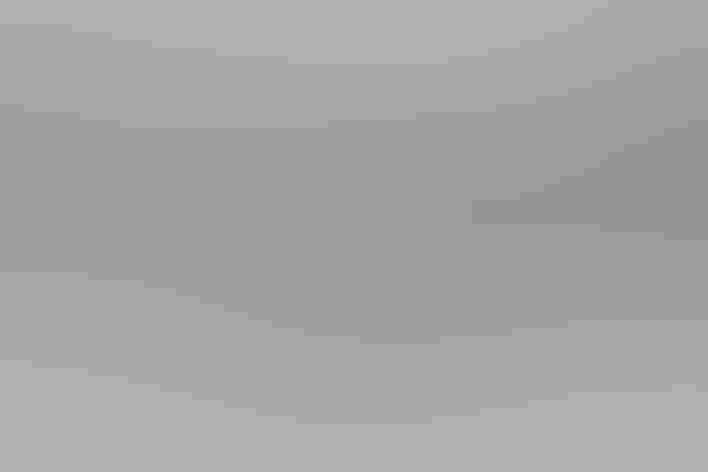Piping Plover
At a Glance
A small plover with a very short bill. Its pale back matches the white sand beaches and alkali flats that it inhabits. While many shorebirds have wide distributions, this one is a North American specialty, barely extending into Mexico in winter. Many of its nesting areas are subject to human disturbance or other threats, and it is now considered an endangered or threatened species in all parts of its range.
All bird guide text and rangemaps adapted from by Kenn Kaufman© 1996, used by permission of Houghton Mifflin Harcourt Publishing Company. All rights reserved.
Category
Plovers, Sandpiper-like Birds
IUCN Status
Near Threatened
Habitat
Coasts and Shorelines, Freshwater Wetlands, Lakes, Ponds, and Rivers, Saltwater Wetlands
Region
Eastern Canada, Florida, Great Lakes, Mid Atlantic, New England, Plains, Rocky Mountains, Southeast, Texas, Western Canada
Behavior
Direct Flight, Rapid Wingbeats, Running
Population
8.400
Range & Identification
Migration & Range Maps
Most birds from northern plains and Great Lakes probably winter on Gulf Coast. Not often seen in migration; may travel from breeding to wintering grounds in one nonstop flight.
Description
6-7" (15-18 cm). Pale back (color of dry sand), very short stubby bill. Legs are orange (brightest in breeding season). Black chest band in summer may be complete or broken; in winter, replaced by dusky patches at sides of chest.
Size
About the size of a Robin, About the size of a Sparrow
Color
Black, Orange, Tan, White
Wing Shape
Pointed, Tapered
Tail Shape
Short
Songs and Calls
A clear, whistled peep-lo.
Call Pattern
Flat, Rising
Call Type
Chirp/Chip, Whistle
Habitat
Sandy beaches, tidal flats. Nests in open sandy situations near water, in a variety of settings: beaches along Atlantic Coast and Great Lakes; sandbars along major rivers on northern Great Plains; gravel or sand flats next to alkali lakes. Winters along coast, on tidal flats and beaches.
Sign up for ÃÛèÖAPP's newsletter to learn more about birds like the Piping Plover
Behavior
Eggs
4, sometimes 2-3, rarely 5. Pale buff, blotched with black and dark brown. Incubation is by both sexes, averages 26-28 days.
Young
Downy young may leave nest a few hours after hatching. Young feed themselves. Both parents brood young during cool weather at first, but female often deserts them within a few days, leaving male to care for young. Development of young not well known; able to fly at 21-35 days.
Feeding Behavior
Typically they run a few steps and then pause, then run again, pecking at the ground whenever they spot something edible. Will sometimes hold one foot forward and shuffle it rapidly over the surface of sand or mud, as if to startle small creatures into moving.
Diet
Includes insects, marine worms, crustaceans. Diet not well known. On coast, feeds on marine worms, small crustaceans, insects, other marine invertebrates. Inland, feeds mostly on insects, including small beetles, water boatmen, shore flies, midges, and many others.
Nesting
Males perform display flights over breeding territory, with slow wingbeats and piping callnote. On the ground, male approaches female, stands upright with neck stretched, and rapidly stamps feet with odd high-stepping gait. Nest site is on open ground some distance away from water, often with large rock or clump of grass nearby, but no direct shelter or shade. May nest very close to breeding colonies of terns. Nest is shallow scrape in sand, sometimes lined with tiny shells and pebbles.
Conservation
Conservation Status
Threatened or endangered. Almost gone from Great Lakes as a breeder, and has declined elsewhere. Increased human activity on beaches affects Great Lakes and Atlantic Coast birds. Irregular water releases from dams often flood out nesting attempts on rivers in the interior.
Climate Threats Facing the Piping Plover
Choose a temperature scenario below to see which threats will affect this species as warming increases. The same ÃÛèÖAPP change-driven threats that put birds at risk will affect other wildlife and people, too.











